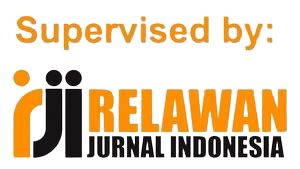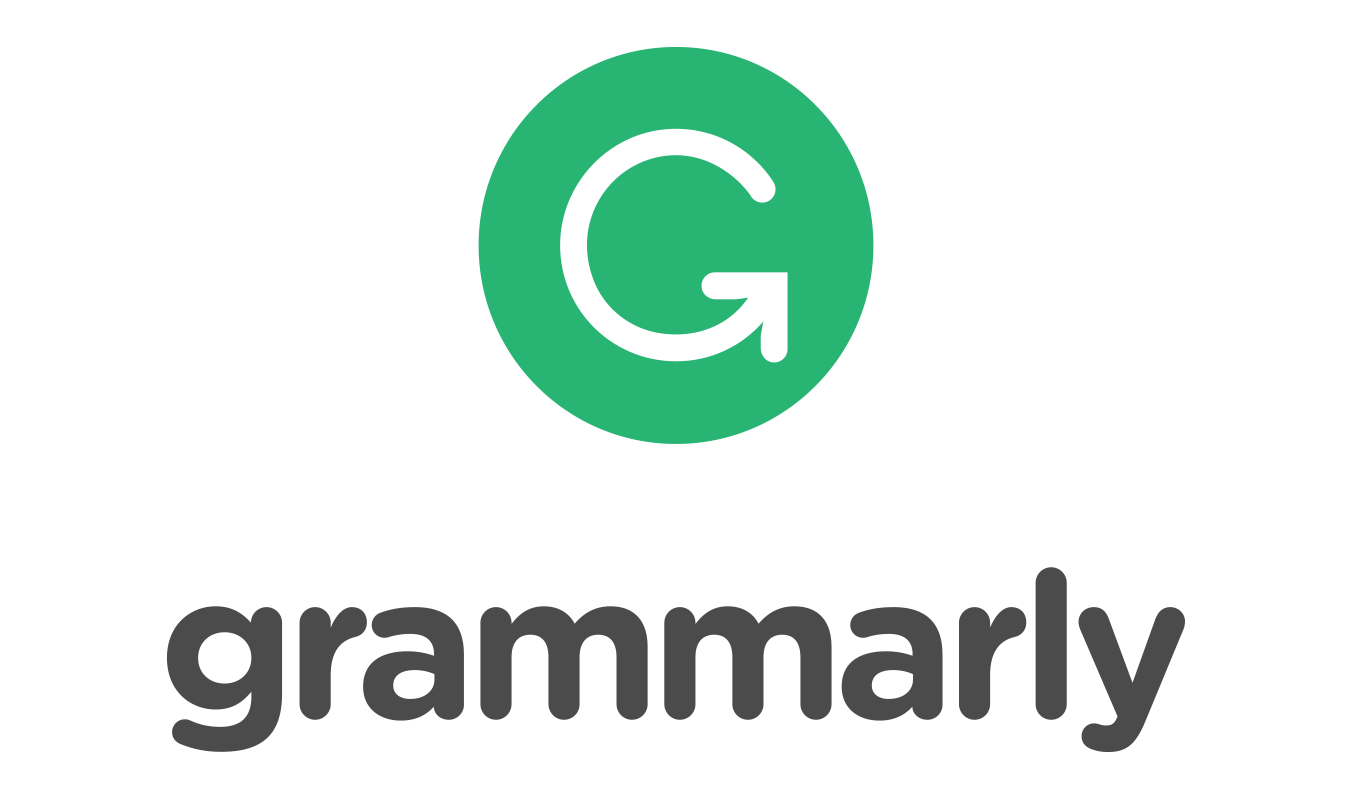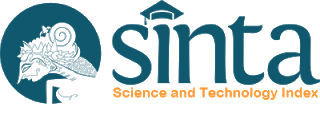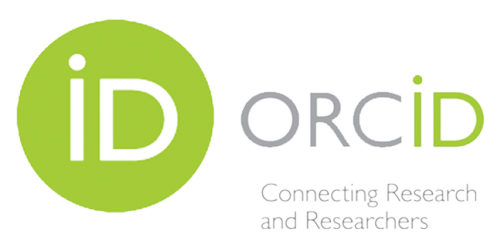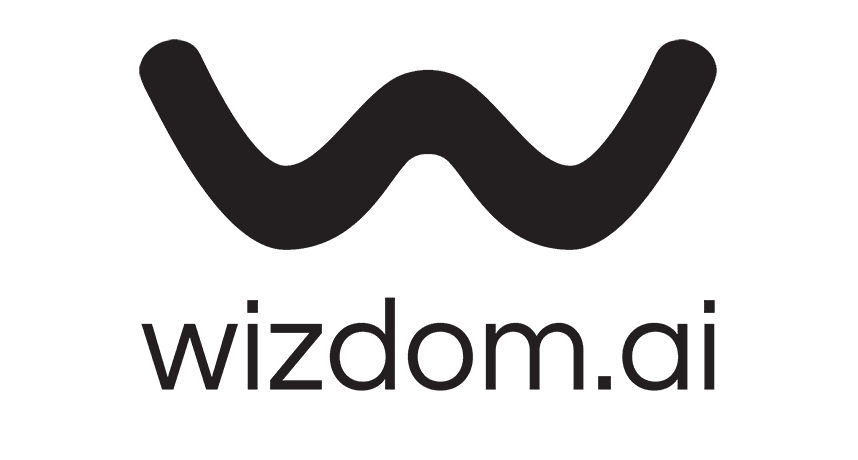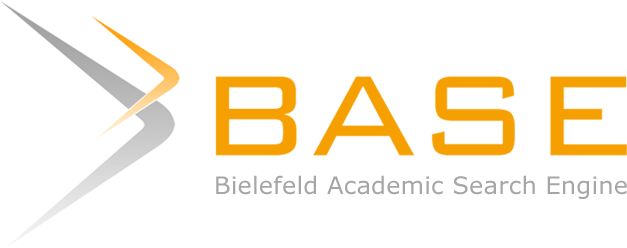Gangguan Fungsi Pendengaran Pekerja Operator di Kawasan Bising Departemen Operasi
Abstract
Noise in the workplace is a problem for workers, the highest noise intensity measurement in the Operation area is 127.5 dBA which exceeds the Threshold Value. The purpose of this study was to analyze the factors that affect hearing loss. This quantitative research method used a sample of 77 respondents. The analysis used binary logistic regression with cross-sectional to investigate the effect between the dependent and independent variables. The analysis results showed that variables of personal noise dose, work period, hearing protective equipment, history of illness, and hobbies or activities outside of work related to noise significantly affected hearing loss (Sig. ≤ 0,05). In contrast, there was no significant effect between the age variable and hearing loss (Sig. > 0.05). It can be concluded that the hearing loss of workers is mostly caused by personal noise dose, work period, use of hearing protection equipment, history of illness, and hobbies or activities outside of work hours related to noise. The managerial implication for the company is to conduct educational socialization that can increase the effectiveness of the use of hearing protection equipment and provide noise management rules as guidance in noise control. Further, enforce regular supervision to ensure noise control implementation, and then implement regular hearing medical check-ups.
Keywords
Full Text:
PDFReferences
Arianto, M. E., & Saptadi, J. D. (2019). Faktor Penyebab Hearing Loss Pada Pekerja Di Bagian Produksi PT. Adi Satria Abadi, Yogyakarta. Jurnal Publikasi Kesehatan Masyarakat Indonesia, 6(1), 15–20.
Attarchi, M., Dehghan, F., Safakhah, F., Nojomi, M., & Mohammadi, S. (2012). Effect of exposure to occupational noise and shift working on blood pressure in rubber manufacturing company workers. Industrial Health, 50(3), 205–213.
Dewi, A. Y., Hikmallah, M. N., & Utami, S. (2019). Hubungan Hipertensi Dengan Gangguan Pendengaran Sensorineural Pada Pasien Rawat Jalan Di Poliklinik Telinga Hidung Tenggorokan DI RSUD Provinsi NTB Tahun 2014-2017. Jurnal Kedokteran, 3(2), 563–569.
Djalante, S. (2010). Analisis Tingkat Kebisingan di Jalan Raya yang Menggunakan Alat pemberi Isyarat Lalu Lintas (APIL) (Studi kasus: Simpang Ade Swalayan). Jurnal SMARTek, 8(4), 280–300.
Eryani, Y. M., Wibowo, C. A., & Saftarina, F. (2017). Faktor Risiko Terjadinya Gangguan Pendengaran Akibat Bising Risk factors Occurrence of Noise Induce Hearing Loss. Jurnal Medula, 7(4), 112–117.
Hanifa, R. L., & Suwandi, T. (2018). Hubungan Antara Intensitas Kebisingan Dan Karakteristik Individu Dengan Gangguan Pendengaran Pada Pekerja Di Madiun. Journal of Public Health Research and Community Health Development, 1(2), 144–154.
Ibrahim, H., Basri, S., & Hamzah, Z. (2016). Faktor-Faktor yang Berhubungan dengan Keluhan Gangguan Pendengaran pada Tenaga Kerja Bagian Produksi PT. Japfa Comfeed Indonesia, Tbk. Unit Makassar Tahun 2014. Al-Sihah: The Public Health Science Journal, 8(2), 121–129.
Jaafar, N. I., Md Daud, M. K., Mohammad, I., & Abd Rahman, N. (2017). Noise-induced hearing loss in grass-trimming workers. Egyptian Journal of Ear, Nose, Throat and Allied Sciences, 18(3), 227–229.
Kartikasari, S. E., & Sukwika, T. (2021). Disiplin K3 melalui pemakaian alat pelindung diri (APD) di laboratorium kimia PT Sucofindo. VISIKES: Jurnal Kesehatan Masyarakat, 20(1), 41-50.
Marisdayana, R. (2016). Pengaruh Intensitas Paparan Bising, Masa Kerja Dengan Gangguan Pendengaran Karyawan PT. X. Jurnal Iptek Terapan, 10(3), 188–191.
Marisdayana, R., Suhartono, & Nurjazuli. (2016). Hubungan Intensitas Paparan Bising Dan Masa Kerja Dengan Gangguan Pendengaran Pada Karyawan PT. X. Jurnal Kesehatan Lingkungan Indonesia, 15(1), 22–27.
Marlina, S., Suwondo, A., & Jayanti, S. (2016). Analisis Faktor Risiko Gangguan Pendengaran Sensorineural pada Pekerja PT. X Semarang. Jurnal Kesehatan Masyarakat (Undip), 4(1), 359–366.
Ottoni, A. O. C., Barbosa-Branco, A., Boger, M. E., & Garavelli, S. L. (2012). Study Of The Noise Spectrum On High Frequency Thresholds In Workers Exposed To Noise. Brazilian Journal of Otorhinolaryngology, 78(4), 108–114.
Purba, S. U., & Sukwika, T. (2021). Pengaruh program keselamatan dan kesehatan kerja terhadap produktivitas kerja pada divisi proyek. Journal of Applied Management Research, 1(1), 67-77. doi:10.36441/jamr.v1i1.260
Rahadian, J., Prastowo, N. A. & Haryono, R. (2010). Pengaruh Penggunaan Earphone Terhadap Fungsi Pendengaran Remaja. Majalah Kedokteran Indonesia, 60(10), 468–473.
Ramadhani, S., Silaban, G., & Hasan, W. (2017). Pemakaian APT Dengan Gangguan Pendengaran Pekerja Ground Handling Di Bandara Kualanamu. Jurnal Kesehatan Masyarakat Andalas, 12(1), 3–9.
Septiana, N. R., & Widowati, E. (2017). Gangguan Pendengaran Akibat Bising. Journal of Public Health Research and Community Health Development, 1(1), 73–82.
Setyani, Y. T., Sumanto, D., & Prasetio, D. B. (2018). Kontribusi Dosis Kebisingan dan Penggunaan APT Terhadap Kualitas Pendengaran Pekerja Konfeksi. Jurnal Kesehatan Masyarakat Indonesia, 13(2), 23–26.
Soesilorini, M. (2011). Faktor-Faktor Risiko Yang Berpengaruh Terhadap Presbikusis Di RSUP Dr. Kariadi Semarang. Skripsi. Semarang,Universitas Diponegoro.
Syah, P. B. (2016). Faktor Yang Mempengaruhi Noise Induced Hearing Loss Dan Tinitus Pada Pekerja Bengkel Mesin Terpapar Bising Di PT. DOK Dan Perkapalan Surabaya. Skripsi. Surabaya, Univeersitas Airlangga.
Tarwaka. (2014). Keselamatan dan Kesehatan Kerja; Manajemen dan Implementasi K3 di Tempat Kerja. Harapan Pres.
Zaw, A. K., Myat, A. M., Thandar, M., Htun, Y. M., Aung, T. H., Tun, K. M., & Han, Z. M. (2020). Assessment of Noise Exposure and Hearing Loss Among Workers in Textile Mill (Thamine), Myanmar: A Cross-Sectional Study. Safety and Health at Work, 11(2), 199–206
DOI: https://doi.org/10.36441/jamr.v1i2.439
Article Metrics
Abstract views : 835 times
PDF views : 858 times
Dimension Citation Metrics
Refbacks
- There are currently no refbacks.
Copyright (c) 2022 Dewi Nata Rina
Article Metrics
Abstract views : 835 timesPDF views : 858 times
Dimension Citation Metrics
Refbacks
- There are currently no refbacks.
Copyright (c) 2022 Dewi Nata Rina
Refbacks
- There are currently no refbacks.
Copyright (c) 2022 Dewi Nata Rina
Indexing and Abstracting
Journal of Applied Management Research is indexed and abstracted in the following databases:
Cataloging
JAMR is also available on several library catalogues:

Copyright ©2021 Journal of Applied Management Research (JAMR). This work is licensed under a Creative Commons Attribution-NonCommercial-ShareAlike 4.0 International License.


